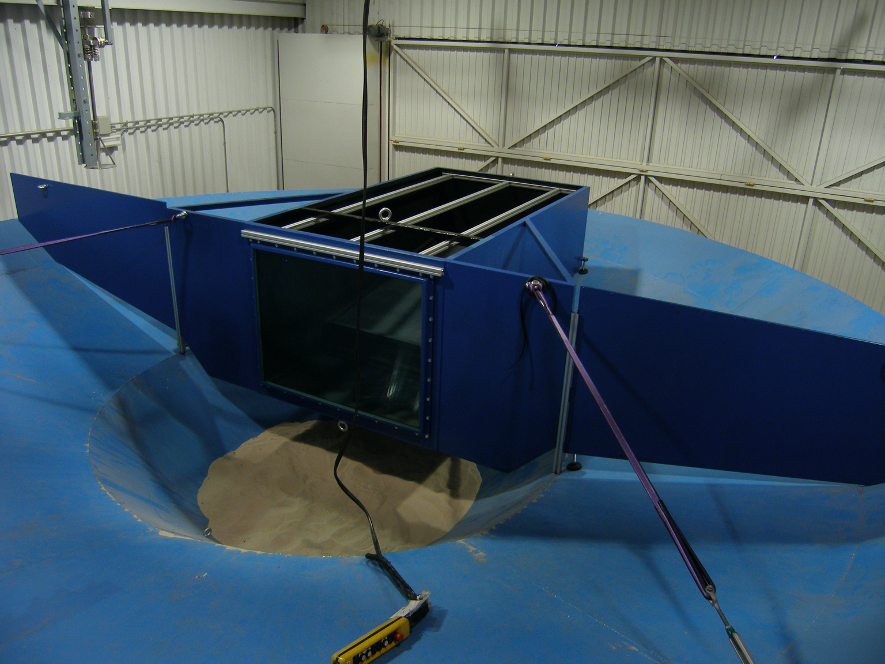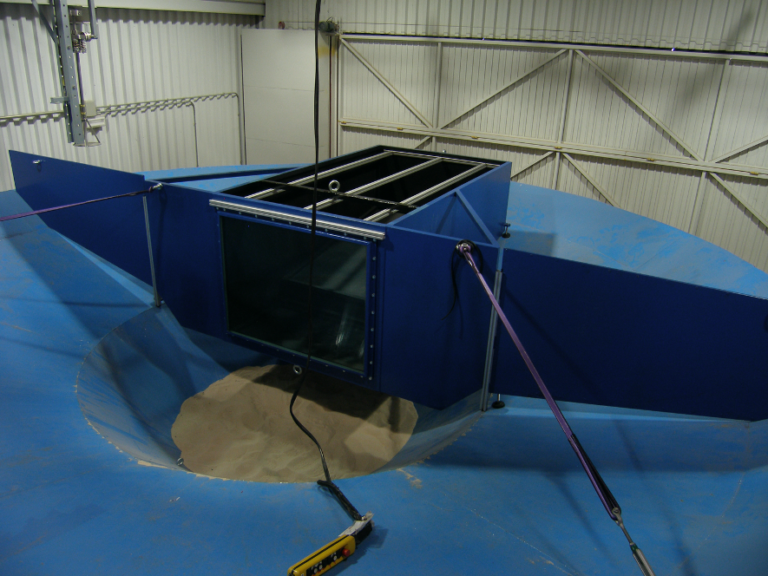Spanish Research Council (CSIC) support for international cooperation: I-LINK project LINKA20203.
Total funding: 23.001,24 Eur
Period: 01/01/2020 until 31/12/2021
Principal investigator (CSIC): Dr. Jens Ormö
Other researchers: Dr. M. Isabel Herreros
Foreign principal investigators: Dr. Vinamra Agrawal (Auburn University, USA) and Dr. Erik Sturkell (Gothenburg University, Sweden)
We aim to establish a stable and long-lasting collaboration between the Centro de Astrobiología (CAB INTA-CSIC) team and the international teams at Auburn University (AU) and University of Gothenburg (GU), being both of them of highest relevance to the subject of the project. Cosmic impact craters are useful tools to assess target properties, paleo-environments and related hazards to humanity. The laboratory for experimental impact cratering at the CAB INTA-CSIC is unique in its design for the analysis of marine impacts. Likewise, the three teams from CAB INTA-CSIC, AU, and GU hold extensive knowledge on the geology of such craters. When linked with the new capacity of advanced numerical simulation of impact processes at AU and CAB INTA-CSIC, the team will have the the capacity for combined experimental and numerical analysis of the cratering process, especially for marine targets. Such targets represent >70% of Earth’s surface as well as having mechanical properties of great importance in the development of numerical codes. Likewise, the special features of the resulting marine-target crater provide further information on the target (paleo)environment (e.g. volatile content), which can guide future Mars missions to sites where water in combination with fracturing and long-lived impact-induced heat may have generated life habitats. On the other hand, it is well known that marine impacts may generate hazardous tsunamis, and such have recently been suggested to be the cause of certain landforms even on Mars. Knowledge of the effects of target properties (e.g. layering) is also of great importance for the mitigation of Earth-threatening asteroids by means of projectile impacts. The CSIC-led team’s combination of observational data and simulation capacity is exceptional in the world in analyzing these effects from marine (i.e. layered target) impacts.


Abstracts presented at the EPSC 2020:
– King Jr., D. T., Ormo, J., Petruny, L. W., De Marchi, L., and Agrawal, V.: Crater-filling materials, Wetumpka impact structure, Alabama. https://doi.org/10.5194/epsc2020-996
– De Marchi, L., King, D., Ormö, J., and Agrawal, V.: Numerical and experimental analysis of the Wetumpka (Alabama USA) impact crater. https://doi.org/10.5194/epsc2020-401
– Sturkell, E. and Ormö, J.: The Lockne – Målingen doublet: effects of a rubble-pile impact in a marine environment (layered target). https://doi.org/10.5194/epsc2020-956
– Ormö, J., Gulick, S. S. P., Whalen, M. T., King Jr., D. T., Sturkell, E., and Morgan, J.: A method to assess event magnitude and target water depth for marine-target impacts. Part 1: Granulometry of resurge deposits. https://doi.org/10.5194/epsc2020-923
– Herreros, I. and Ormö, J.: A method to assess event magnitude and target water depth for marine-target impacts. Part 2: The physics behind the observations. https://doi.org/10.5194/epsc2020-931
– Ormö, J., Raducan, S. D., Luther, R., Herreros, M. I., Collins, G. S., Losiak, A., and Wünnemann, K.: Effects of target heterogeneity on impact cratering processes in the light of the Hera mission: combined experimental and numerical approach. https://doi.org/10.5194/epsc2020-922
– De Marchi, L., King, D., Ormö, J., Sturkell, E., and Agrawal, V.: Numerical simulations of Lockne impact crater formation using iSALE-2D. https://doi.org/10.5194/epsc2020-431
Submitted manuscripts for research articles:
– Ormö et al. “Assessing event magnitude and target water depth for marine-target impacts: Ocean resurge deposits in the Chicxulub M0077A drill core compared”. Submitted to Earth and Planetary Science Letters.
– De Marchi et al. “Numerical simulation of the formation of the critical, ocean-facing, southern sector of the Wetumpka impact structure constrained by field and drill-core data”. Submitted to Meteoritics and Planetary Science.







